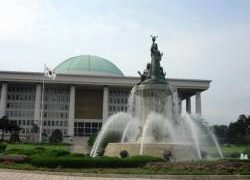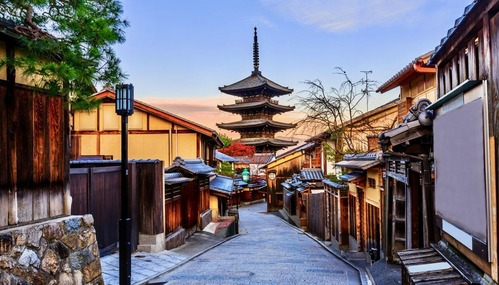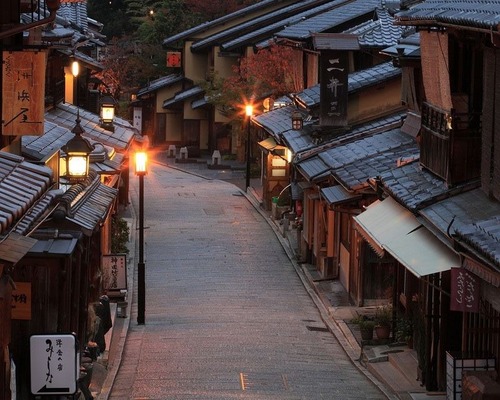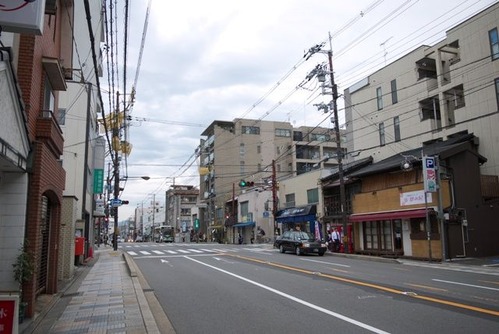1 名前:ハムリンズ(光) [JP]:2019/06/23(日) 14:49:29.85 ID:OgMv7Tzk0

現実の京都
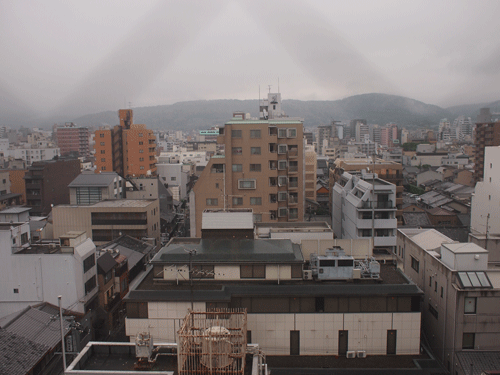
The city did grow, however. Like many cities in the 1970s, it got rid of most of the streetcars which were a convenient means of transport before automobiles crowded the streets.
Slowly buildings pushed higher and land became more expensive. The open farmland on the way to Osaka gradually filled with suburban developments.
Finally, in the late 1980s, a consortium of prominent businessmen proposed building a 20-story, 5-star hotel which would be visible from nearly anywhere in the entire valley.
The economics behind the proposal were clear: tourism was rising and people would pay whatever was charged. Kyoto was the old,
traditional center of Japan and worth any amount of money to see. A high-rise hotel would not only pay for itself, but would lead the city forward into a new, more modern era. The future beckoned and business interests responded.
Opposition to the plan was instant and united many different groups. Traditionalists object to the spoiling of the cultural foundation of a nation already overly modern. Buddhist temples objected because it would destroy the aesthetic splendor that is unique to Kyoto.
Even some business and tourism interests questioned the wisdom of a project which would detract from the sense of tradition which draws tourists to Kyoto from all over Japan and far beyond.
The debate over this project, and a similar proposal for the re-development of Kyoto station, has continued to rage through the early 1990s.
続きを読む
Source: 痛いニュースノ∀`
【美しいのは数百メートルだけ】日本の古都・京都のイメージと現実のギャップが海外で話題に




